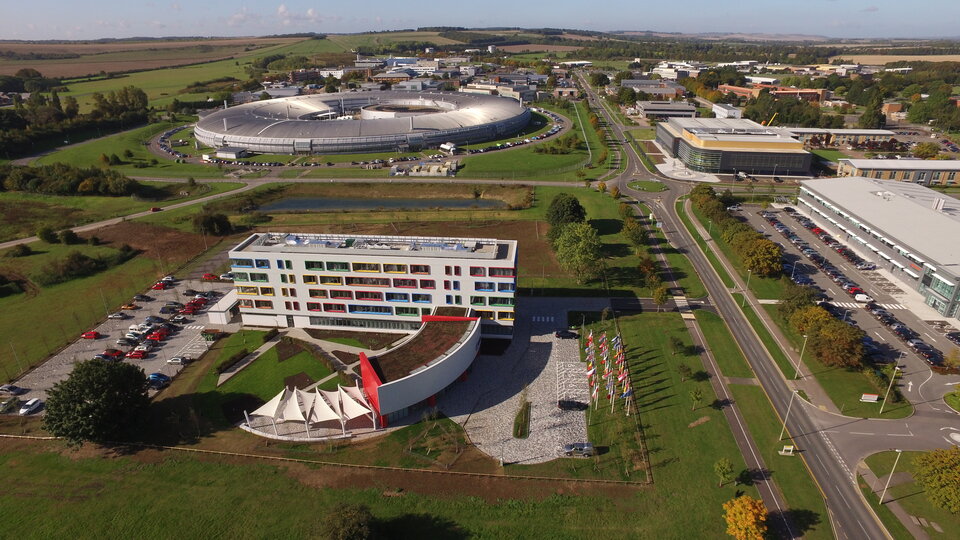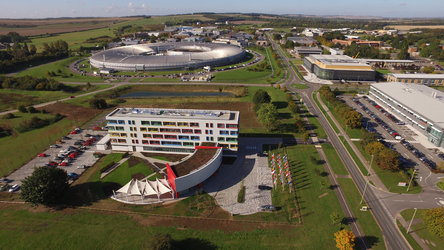Shaping the future of climate modelling from the UK
An international project office that opened last year at ESA’s facility in the UK is advancing its preparations for the new phase of a global climate modelling initiative.
Computational climate models simulate the chemistry and physics of Earth’s land, oceans and atmosphere in fine detail, enabling scientists to improve understanding of past environmental changes and predict future shifts in conditions.
As the international community intensifies its drive to tackle the climate emergency, outputs from these models are increasingly being used by governments and businesses to plan and execute mitigation strategies.

To help satisfy this growing demand, the World Climate Research Programme opened the project office in 2022 to support the expansion and development of a key modelling initiative called the Coupled Model Intercomparison Project (CMIP).
The project office – hosted by ESA’s European Centre for Space Applications and Telecommunications – has now completed one year of operations, in which it has been laying the foundations for the next cycle of CMIP.
Last week director of the project office Eleanor O’Rourke travelled to the European Geosciences Union general assembly in Vienna to discuss the ongoing preparations for this new phase.

Since its launch in 1994, CMIP has grown into a huge operation and it now brings together some 52 institutions from 26 countries, working on more than 140 separate models that replicate different environmental processes.
In each generation of CMIP, model runs are completed in which outputs are inter-compared with each other and with real-world data so that scientists can evaluate how well a model is working, identify areas where improvements are needed and build confidence in future projections.
The most recent iteration – CMIP6 – was the most ambitious to date and its success is illustrated by the extensive contributions it made to the Intergovernmental Panel on Climate Change’s Sixth Assessment Report.
The new phase – CMIP7 – is set to build on the achievements of the previous cycles in terms of the number groups participating and model complexity, with the aims of reducing model uncertainties and improving understanding of the physical processes that drive climate change.
In preparation for CMIP7, O’Rourke and her team at the ECSAT project office have been engaging with a diverse community, consisting of climate modellers, policymakers and application developers, to identify the priorities for this new generation.
This will enable to the project team to define and develop key features – such as experimental protocols and computational infrastructure – needed for CMIP7.




